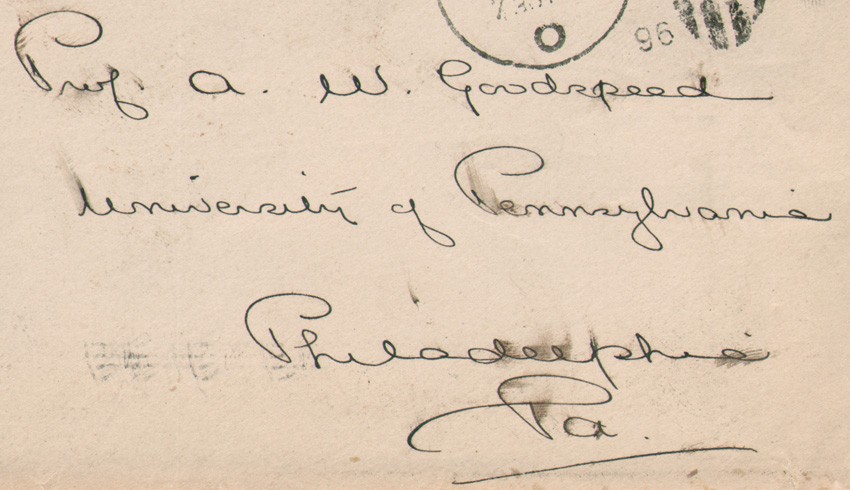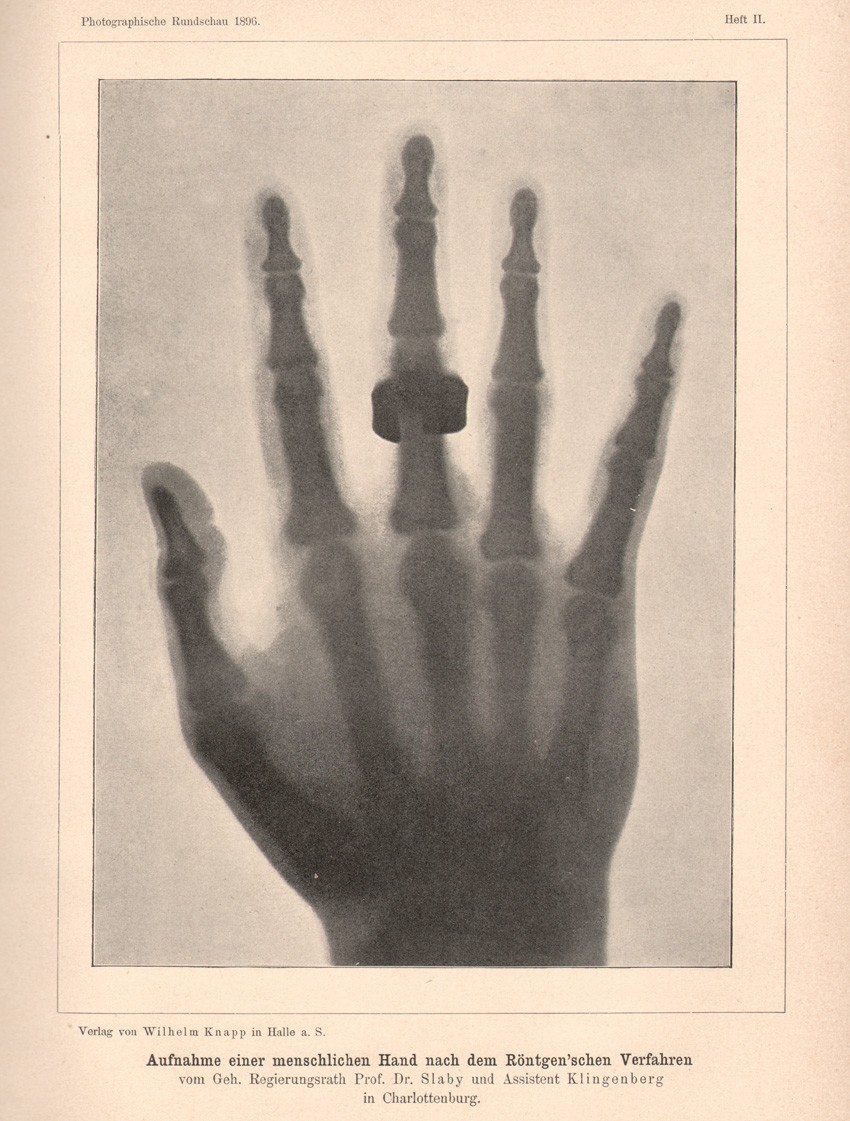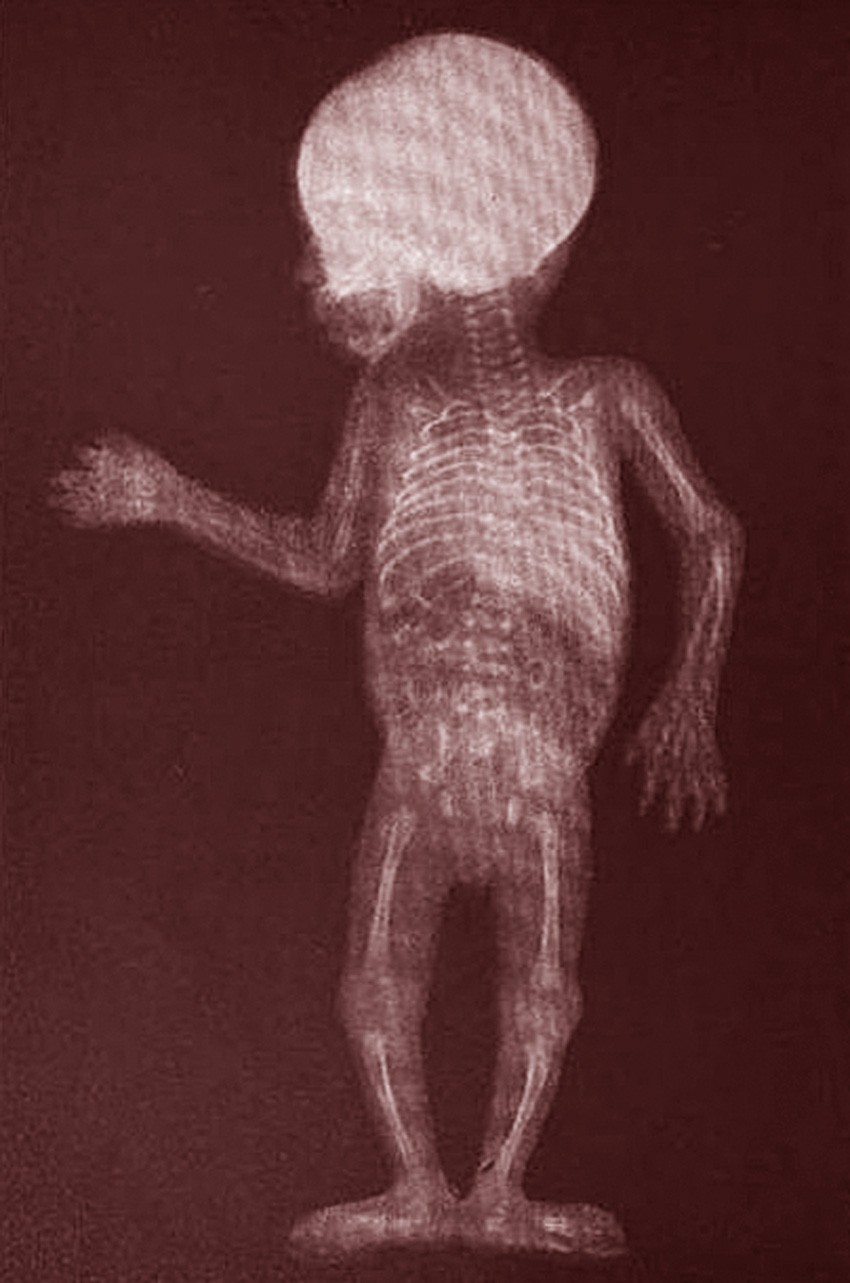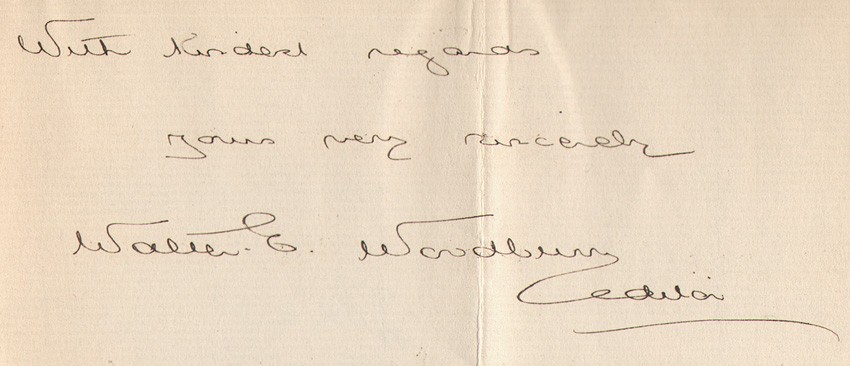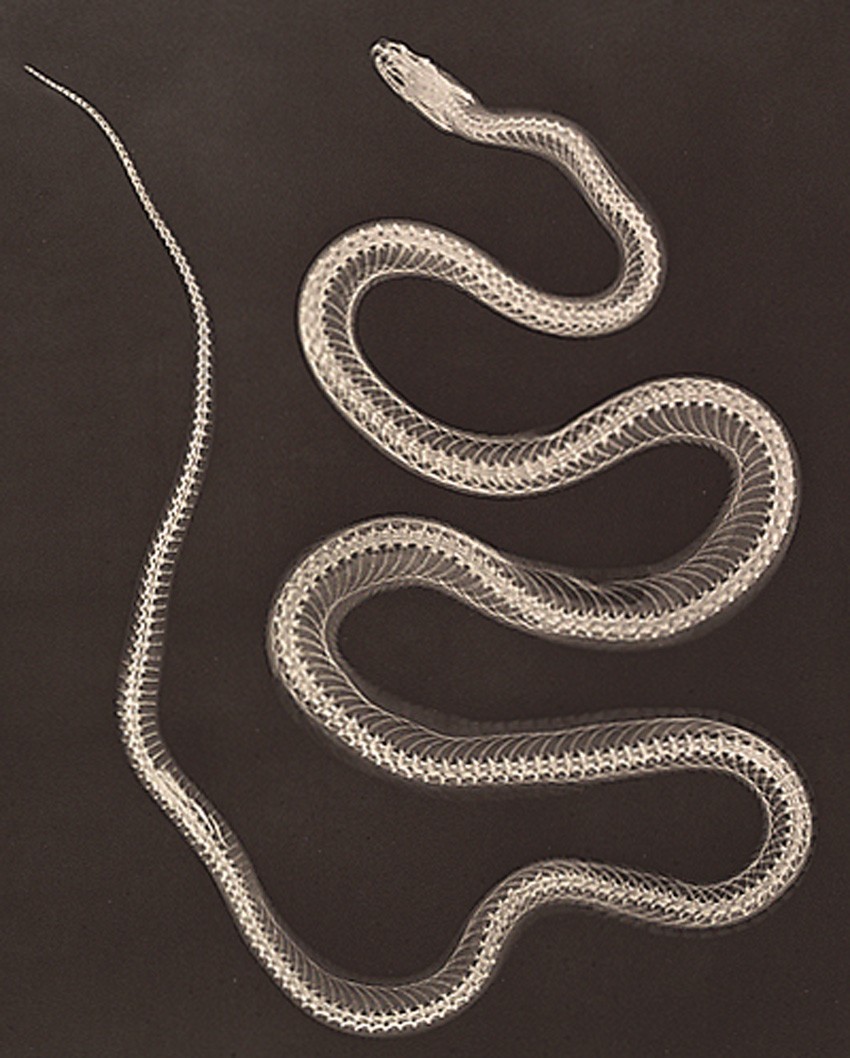Walt Whitman certainly did. Just check out his eyeballs on this photograph taken in 1887 by George C. Cox for confirmation. Especially on this most personal of American holidays, the Fourth of July, the continuing birthday idea of our messy, evolving experiment of a democratic republic called the United States can never be said to be boring.
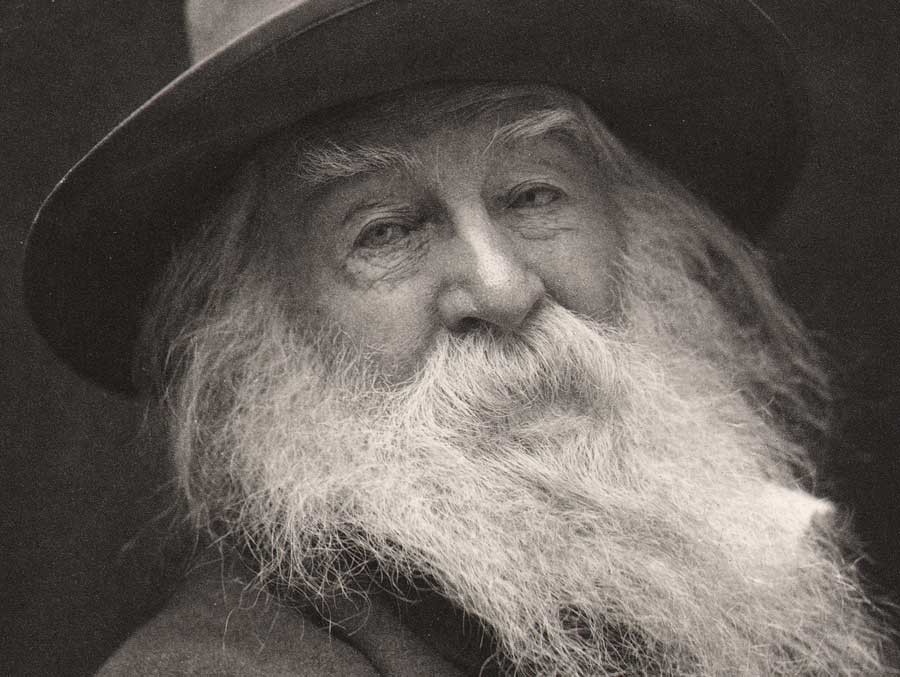
Detail: 1887: Walt Whitman-1819-1892 by George C. Cox: (portrait known as the “Laughing Philosopher”) 23.9 x 18.8 cm | 45.2 x 33.3 cm: vintage large format, hand-pulled photogravure printed circa 1905-10 by the Photographische Gesellschaft in Berlin on Van Gelder Zonen plate paper. From: PhotoSeed Archive
Need proof of his vision? – Whitman’s metaphorical call in this famous quote: “What is that you express in your eyes?” ; and response: “It seems to me more than all the print I have read in my life.”
You could say America’s poet (1819-1892) of the everyman didn’t need a camera, he was one. His genius of observation, something all great photographers possess, gave him the power to indelibly express his convictions. So when words flowed from his pen, they possessed the power of photographs, especially on the very idea of America in the aftermath of the Civil War:
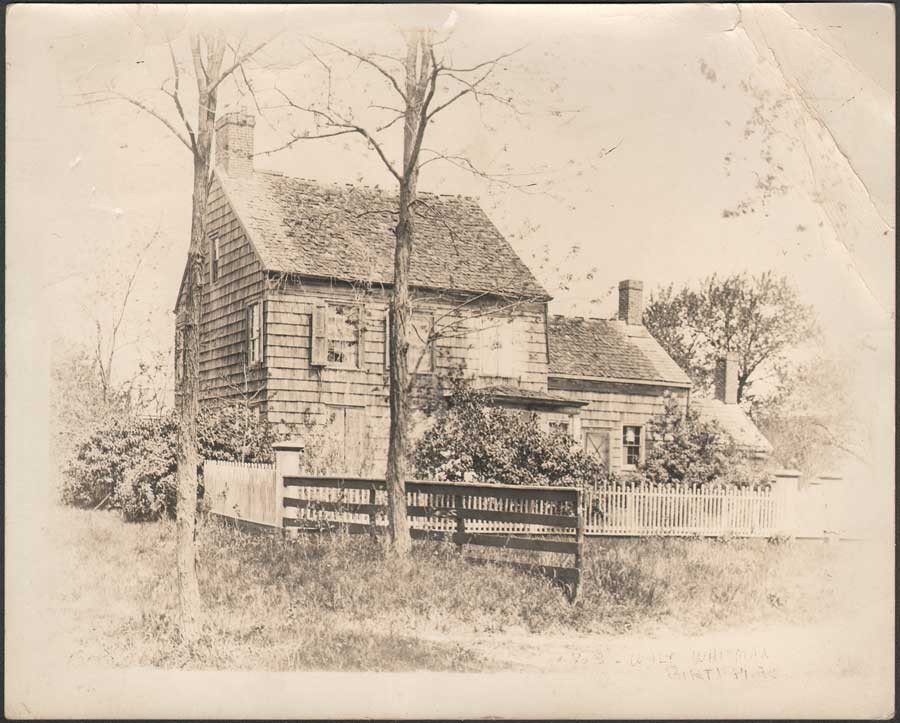
“Walt Whitman Birthplace in 1903” (South Huntington, New York): by Ben Conklin: 1903: vintage albumen print: 20.3 x 25.2 cm from: PhotoSeed Archive: (Benjamin Sargent Conklin: 1873-1964)
from Leaves of Grass: intro to “Thoughts“:
Of these years I sing,
How they pass and have pass’d through convuls’d pains, as
through parturitions,
How America illustrates birth, muscular youth, the promise, the
sure fulfilment, the absolute success, despite of people-
illustrates evil as well as good,
The vehement struggle so fierce for unity in one’s-self;
How many hold despairingly yet to the models departed, caste,
myths obedience, compulsion, and to infidelity, … (1.)
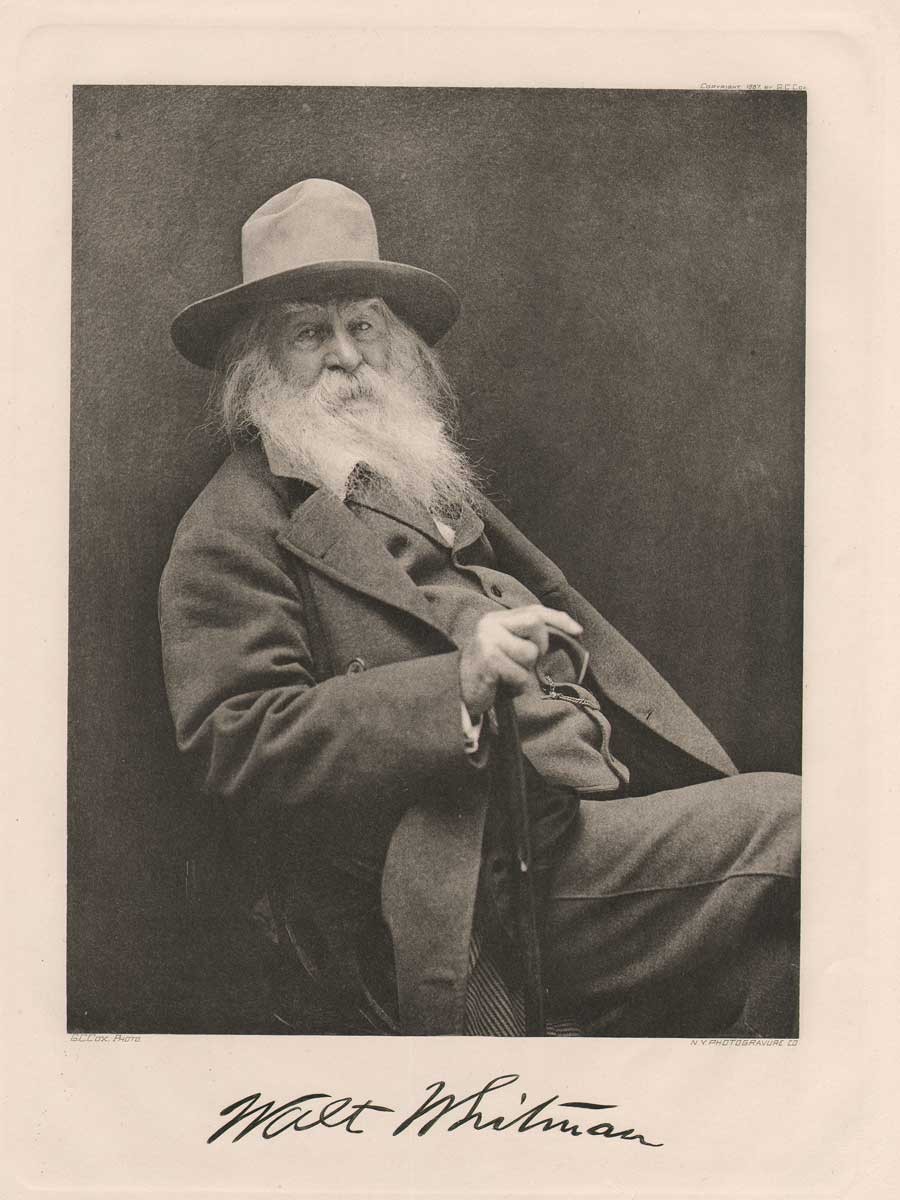
“Walt Whitman” by George C. Cox: 1887. Hand-pulled photogravure published in periodical “Sun & Shade” New York: March, 1892: whole #43: N.Y. Photogravure Co.: 21.5 x 16.7 cm | 34.7 x 27.4 cm: from: PhotoSeed Archive
But enough of the history lesson. Since most of us will never rise to the level of a Whitman in prose, photography as an art form is a comparably easy stretch. Speaking for myself as a young newspaper photographer in the mid 1980’s hunched over a light table editing film, an early mentor told me as long as a person’s eyes in the negative were tack sharp through the loupe, it was a “keeper”, and worthy of publication.
And so it was for my colleagues a century before my own light table revelation, but with the slow, fragile dry plates in use at the time a much greater technical challenge. In 1887, New York portrait photographer George Collins Cox (1851-1902) had the sitting of a lifetime in none other than Whitman. Strolling into his New York studio with oversized fedora, it was 22 years to the day no less on April 15th when American president Abraham Lincoln finally succumbed to an assassin’s bullet in 1865.
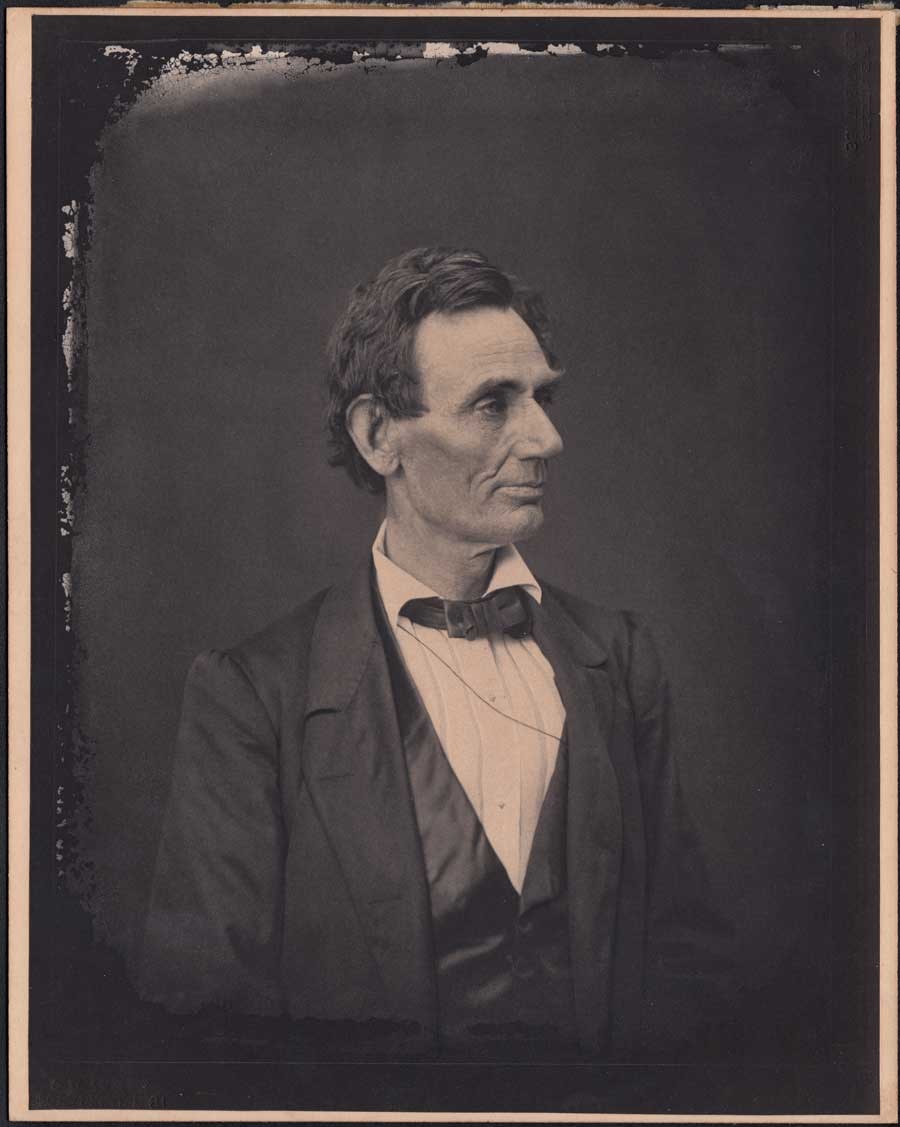
Abraham Lincoln by Alexander Hesler (1823-July 4th, 1895):taken in Springfield, Illinois on June 3, 1860: vintage platinum print © 1881 by George Bucher Ayres: print from late 1890’s: Meserve #26|Ostendorf #26″ One of the most famous Walt Whitman poems, “O Captain! My Captain!”, eulogizing the death of this American president, was written by Whitman in 1865: from: PhotoSeed Archive
And he nailed it, as they say in America. Eyes tack sharp. The following historical account of the Whitman portrait sitting from the Charles E. Feinberg Collection at the Library of Congress gives a nice working account of Cox the photographer in action. A result of that session: the “Laughing Philosopher“, was the title Whitman declared as his favorite:
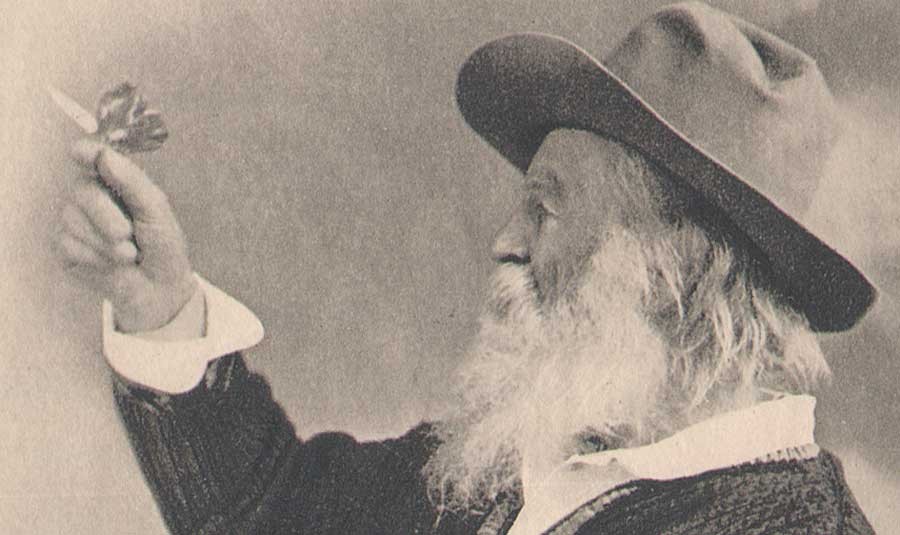
Detail: “Walt Whitman and the Butterfly” :1877(?):by W. Curtis Taylor of Broadbent & Taylor (Philadelphia): vintage hand-pulled vellum photogravure: 13.8 x 9.8 cm | 22.6 x 15.0 cm: from: Leaves of Grass II: The Complete Writings of Walt Whitman: New York:1902: Henry W. Knight:National Edition limited to 500 copies:”In fact, the “butterfly” was clearly a photographic prop now in the collections of the Library of Congress. The die-cut cardboard butterfly is imprinted with the lyrics to a John Mason Neale hymn and the word “Easter” in large capital letters.”… What is not often noted is that the photo simply enacts one of the recurrent visual emblems in the 1860 edition of Leaves: a hand with a butterfly perched on a finger. …”The butterfly . . . represents, of course, Psyche, his soul, his fixed contemplation of which accords with his declaration: ‘I need no assurances; I am a man who is preoccupied of his own soul.'”- The Walt Whitman Archive online resource- from: PhotoSeed Archive
“On the morning of April 15th, 1887, George Cox took several photographs of Whitman, who was celebrating the success of his New York lecture on Lincoln, delivered the day before. Whitman recalls that “six or seven” photos were made during the session, but Whitman’s friend Jeannette Gilder, an observer of the session, said there were many more than that: ‘He must have had twenty pictures taken, yet he never posed for a moment. He simply sat in the big revolving chair and swung himself to the right or to the left, as Mr. Cox directed, or took his hat off or put it on again, his expression and attitude remaining so natural that no one would have supposed he was sitting for a photograph.” (2.)
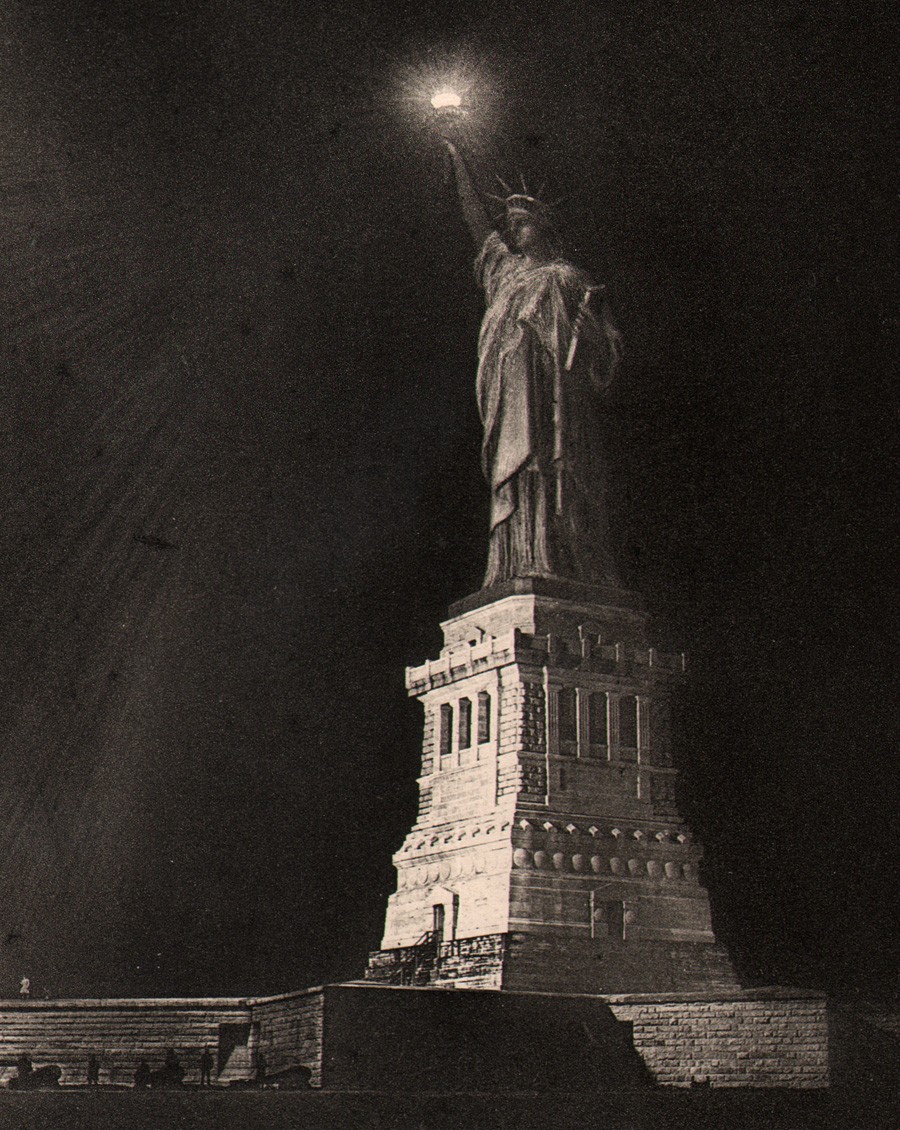
Detail: “Statue of Liberty at Night”: Seneca Ray Stoddard: Hand-pulled photogravure published in periodical “Sun & Shade” New York: September, 1890: whole #25: N.Y. Photogravure Co.: 18.5 x 12.0 cm 35.2 cm x 27.6 cm: For many, the dream of America still holds true in the light, or darkness, of Lady Liberty’s torch-even when viewed against the backdrop of the messy, evolving experiment of a democratic republic called the United States- one fully embraced in the writings of Walt Whitman. A technical description of this photograph copyrighted in 1889 by Stoddard: “Mr. Stoddard employed five cameras on this occasion, stationing them on the Steamboat Pier. A wire was stretched from the torch of the Statue to the mast of a vessel a considerable distance away. Placed on this wire, controlled by a pulley, was a cup containing one and one-half pounds of flash powder; an electric wire was connected with it, and at a given signal the current turned on, by the electrician in charge of the torch, the flash exploded and the exposure made.” from: PhotoSeed Archive
1. from “Thoughts” Leaves of Grass II: The Complete Writings of Walt Whitman: New York:1902: Henry W. Knight, publisher: National (limited) Edition: p. 275
2. excerpt: Walt Whitman Archive online resource accessed July, 2014





